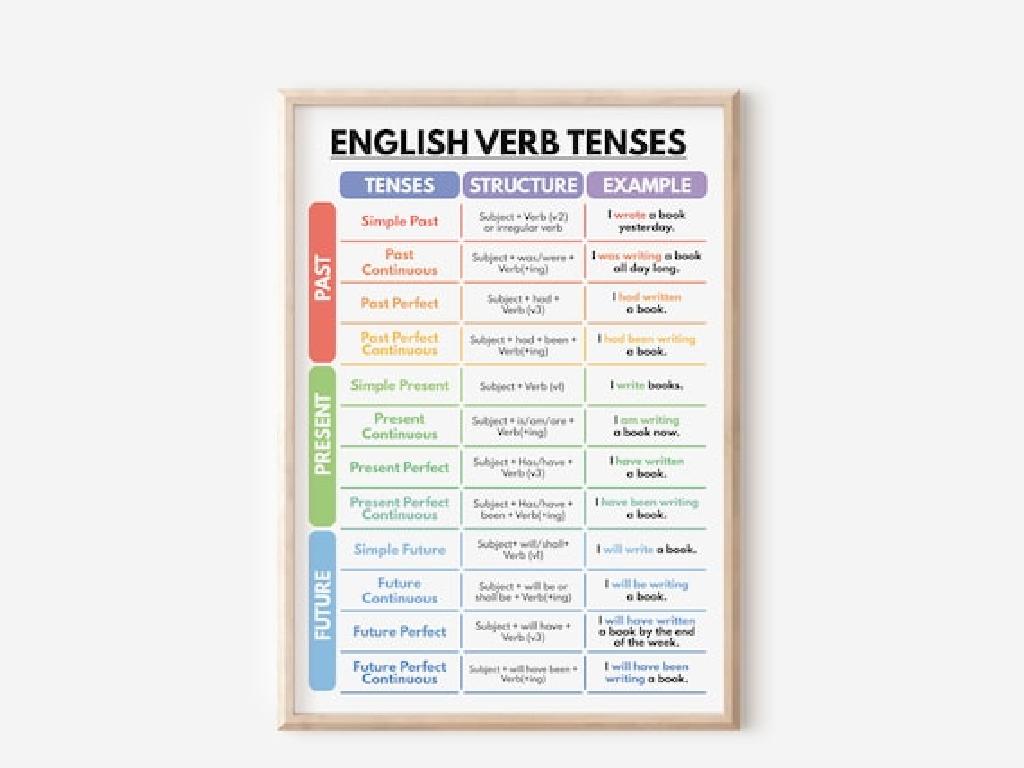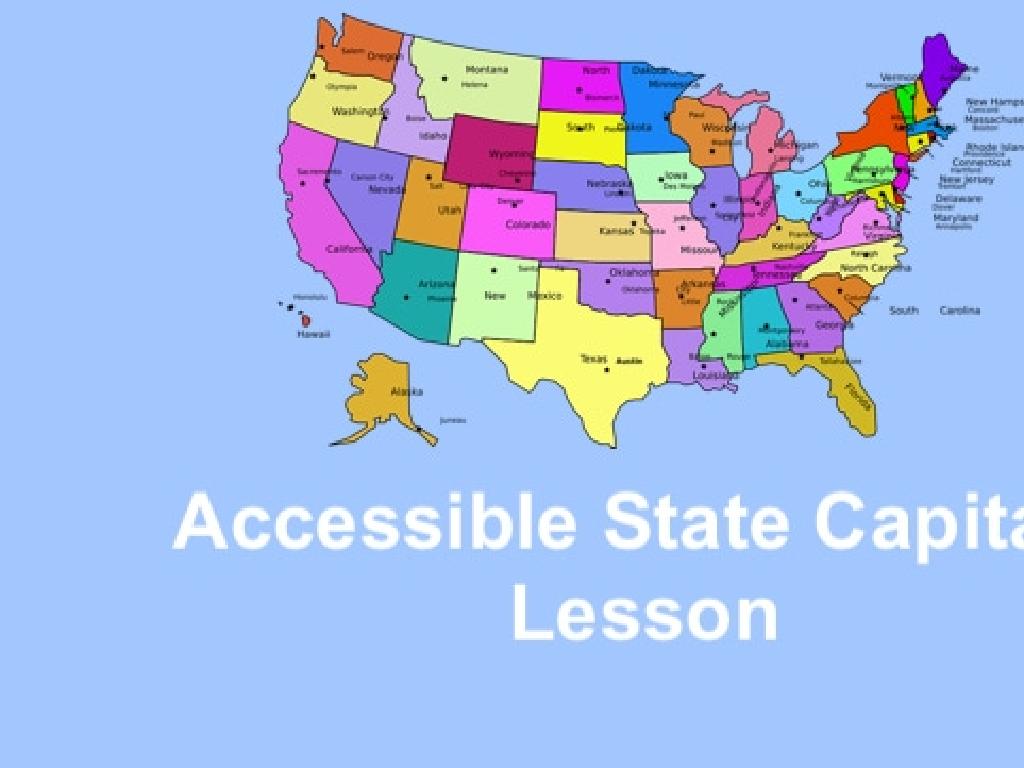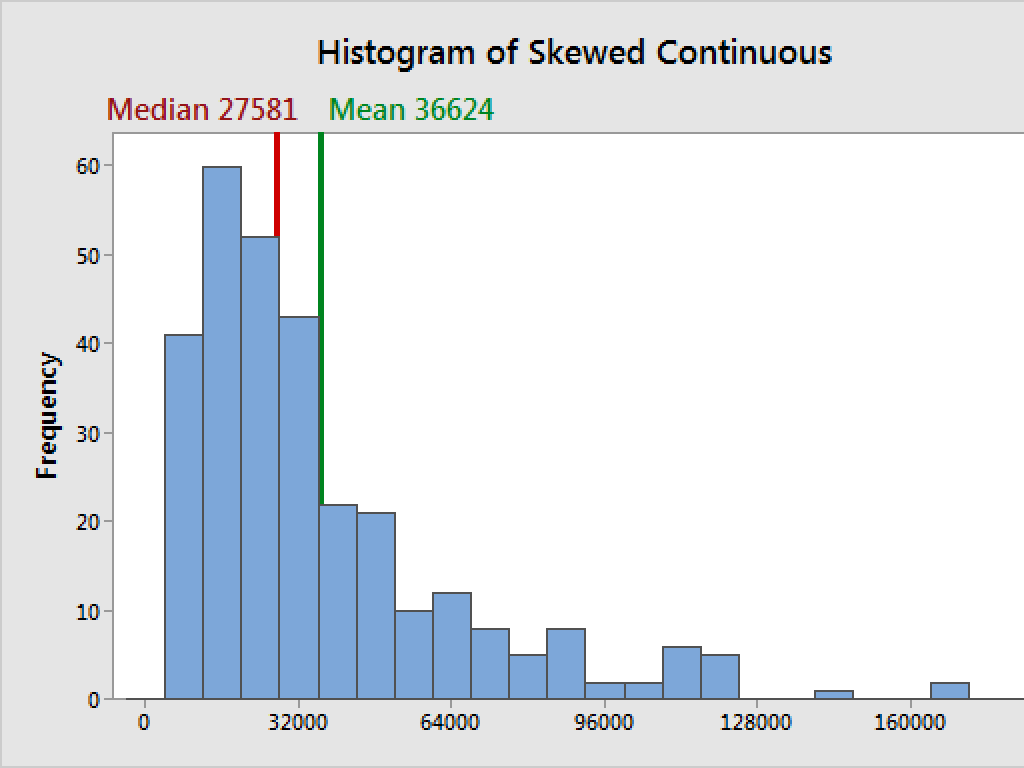Add One-Digit Numbers
Subject: Math
Grade: Second grade
Topic: Addition: One Digit
Please LOG IN to download the presentation. Access is available to registered users only.
View More Content
Welcome to Addition!
– Learning to add one-digit numbers
– Addition combines numbers into a total
– Like putting 2 apples with 3 apples to have 5 apples
– Daily life uses of addition
– Such as counting money or adding up scores
– Practice with examples
– Try 4 + 3 and 5 + 2 on your own!
|
This slide introduces the concept of addition to second-grade students. Start by explaining that addition is simply combining two or more numbers to find out the total amount. Use tangible examples like combining apples to make the concept relatable. Highlight how addition is used in everyday situations, such as adding up money or scores in games. Encourage the students to think of their own examples of addition in daily life. Conclude with a couple of simple addition problems for the students to solve, reinforcing the concept through practice.
Understanding Addition: Adding One-Digit Numbers
– Addition combines numbers
– Adding makes numbers bigger
– The ‘+’ sign means add
– Practice with examples
– Try 2 + 3 or 4 + 1 to start!
|
This slide introduces the basic concept of addition to second-grade students. Begin by explaining that addition is a way to put together two or more numbers to see how many there are in total. Emphasize that when we add, the total number always increases. Show the ‘+’ sign and ensure students recognize it as the symbol for addition. To reinforce the concept, provide simple one-digit addition examples and encourage students to practice with numbers they are comfortable with. This will help them grasp the idea of addition as a building block for more complex math skills.
Understanding Addition Symbols
– The ‘+’ sign means add
– Use ‘+’ to put numbers together
– The ‘=’ sign shows the total
– ‘=’ tells us the answer after adding
– Example: 3 + 2 = 5
– Adding 3 and 2 gives us 5
|
This slide introduces the basic symbols used in addition for second graders. The ‘+’ sign is used to indicate that numbers are being added together. The ‘=’ sign is used to show the result of the addition. For example, in the equation 3 + 2 = 5, we start with 3, add 2 more, and the total is 5. It’s important to ensure that students can recognize and understand the meaning of these symbols as they are fundamental to performing addition. Have students practice using these symbols with different numbers and encourage them to explain the process of addition in their own words.
Let’s Add Together!
– Start with small numbers
– Begin with easy additions to gain confidence
– Example sums: 1 + 1, 2 + 3, 4 + 1
– Practice with these simple additions
– Use fingers for counting
– Counting on fingers makes it visual and fun
|
This slide is aimed at helping second graders practice addition with one-digit numbers. Start by encouraging them to begin with smaller numbers to build their confidence. Provide examples such as 1 + 1, 2 + 3, and 4 + 1, and show them how to use their fingers to count. This tactile method helps them visualize the concept of addition and reinforces their understanding. During the class, allow the students to practice these sums and similar ones, ensuring they are comfortable with the process before moving on to larger numbers. The goal is to make addition a fun and engaging activity.
Adding with Objects
– Use objects like blocks to add
– Example: 2 blocks + 3 blocks
– Let’s add: 2 blue blocks + 3 red blocks
– Count blocks together for total
– Put all blocks in a group and count: 1, 2, 3, 4, 5
– Adding is combining numbers
|
This slide introduces the concept of addition by using tangible objects such as blocks or counters, which helps second-grade students visualize the process of combining numbers. Start by explaining that addition is like putting things together to see how many you have in total. Demonstrate with an example, such as combining 2 blue blocks with 3 red blocks, and then counting all the blocks together. Encourage students to practice with different sets of objects to reinforce the concept. The goal is for students to understand that addition is simply the total count of combined groups.
Adding with Word Problems
– Stories help us learn to add
– Example: Adding apples
– If you have 2 apples and get 1 more, how many now?
– Solve the apple problem
– Use your fingers to count: 2 apples, plus 1 more apple
– Word problems are fun!
|
This slide introduces students to the concept of using word problems to understand addition. Start by explaining that word problems are like little stories that help us figure out how to add numbers together. Use the apple example to show how a simple story can be turned into an addition problem. Encourage the students to visualize the problem by using their fingers to count the apples, reinforcing the concept that 2 apples plus 1 more apple equals 3 apples. Emphasize that word problems are not just educational but can also be a lot of fun, as they allow students to apply math to real-life situations.
Practice Time: Adding One-Digit Numbers
– Solve addition problems together
– Count carefully each number
– Use your fingers or objects to count
– Double-check your answers
– Look over your work for mistakes
– Share your solutions with the class
|
This slide is designed for a collaborative and interactive practice session on adding one-digit numbers. Encourage the students to work together on solving addition problems, emphasizing the importance of counting each number carefully. Provide strategies such as using fingers or physical objects to help them visualize the counting process. After solving, remind them to always double-check their work to ensure accuracy. Finally, create an opportunity for students to share their solutions with the class, fostering a supportive learning environment where they can learn from each other’s methods and corrections.
Class Activity: Addition Bingo!
– Let’s play Addition Bingo!
– Solve addition problems
– Use your addition skills to find the answers
– Cover the correct answer on your Bingo card
– Each number on your card is a possible sum
– Shout ‘Bingo!’ when you complete a row
– Be the first to get a full row covered
|
This interactive class activity is designed to make learning addition fun. Provide each student with a Bingo card that has a variety of sums within the range of one-digit addition. Call out or display addition problems for the class to solve. Students will use their mental math skills to find the correct answer and then cover that number on their Bingo card. The first student to cover a full row (horizontal, vertical, or diagonal) should shout ‘Bingo!’ to win. Prepare small prizes or accolades for winners to encourage participation. This game helps reinforce addition skills and promotes quick mental calculation in a playful environment. Make sure to rotate through a variety of addition problems so all students have a chance to participate and succeed.
Congratulations, Addition Stars!
– Proud of your addition skills
– Keep practicing at home
– Try adding toys, snacks, or steps you walk
– Every sum adds to your knowledge
– You are all addition stars!
|
This slide is meant to celebrate the students’ achievements in learning to add one-digit numbers. It’s important to encourage them to continue practicing their new skills outside of the classroom to reinforce their understanding. Suggest fun ways they can incorporate addition into their daily lives, like counting toys or snacks. This will help them see the practical use of math and keep them engaged. Remember to praise their efforts and progress to build their confidence in their abilities as ‘addition stars’.





